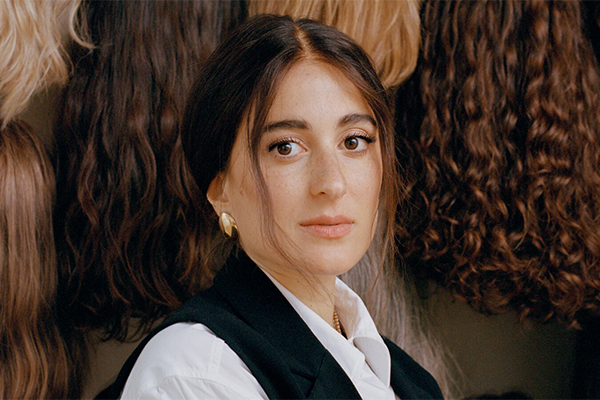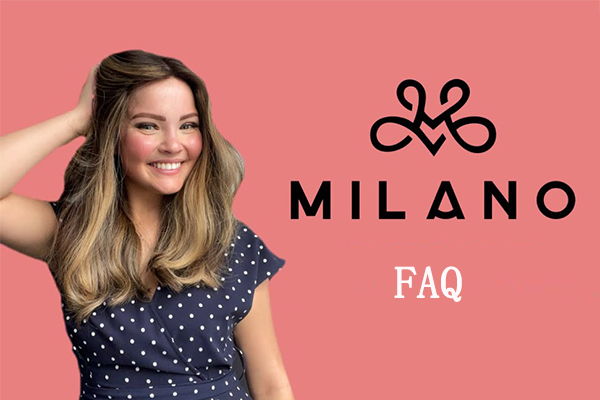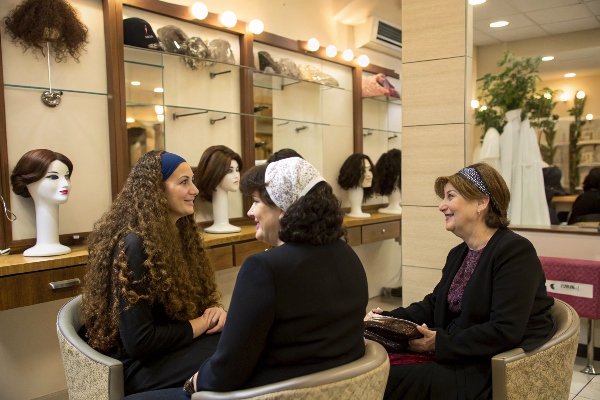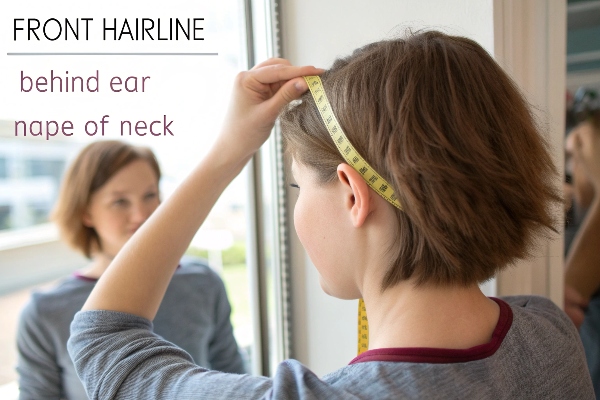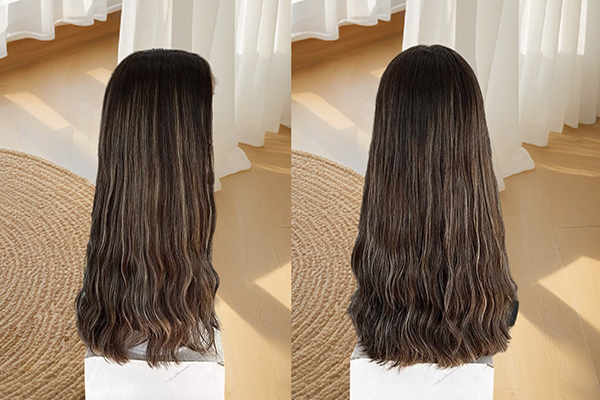Jewish wigs serve a purpose. What’s behind this practice?
Jewish wigs, or sheitels, allow Orthodox Jewish women to adhere to modesty laws while presenting themselves attractively. They cover natural hair to maintain privacy and dignity.
Sheitels balance religious adherence with personal expression1. By donning a sheitel, women can fulfill the religious obligation of covering their hair after marriage while still enjoying the freedom to choose a hairstyle that reflects their personality. This practice helps them navigate social and communal settings with confidence, allowing them to showcase their individuality. Moreover, these wigs often come in a variety of styles, colors, and textures, providing endless opportunities for personal expression within the framework of their beliefs. Ultimately, sheitels2 symbolize a commitment to tradition while embracing the beauty of self-expression
Which Jewish Women Wear Wigs?
Not all women wear them. Who does?
Orthodox and Hasidic Jewish women often wear wigs after marriage as part of their commitment to modest dress. It is a widespread tradition within more religious communities.
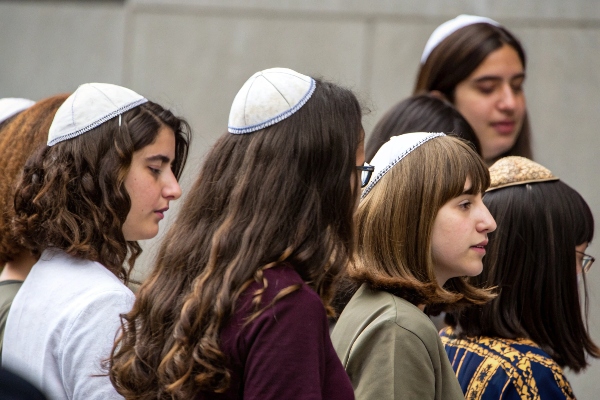
These wigs signify marital status and religious devotion. While many women across the Orthodox spectrum choose to wear sheitels, there are also variations in style and custom based on cultural or community norms. Some women may prefer alternative head coverings such as scarves or hats, while others embrace the full range of wig options available, demonstrating their unique interpretations of modesty3. Ultimately, the practice of wearing wigs is a deeply personal choice, reflecting both individual beliefs and the communal values that shape their identities as Jewish women. Their decision serves as a powerful expression of faith, commitment, and cultural heritage within their marriages.
Do Jewish Orthodox Women Have to Shave Their Head and Wear a Wig?
Practices vary. Is this mandatory?
Some Orthodox Jewish sects, like certain Hasidic groups, encourage women to shave their heads post-marriage. This reflects deeper modesty commitments and varies by community.
Not all communities require head shaving; practices depend on specific traditions. In many Orthodox communities4, women may opt for a sheitel without shaving their heads, maintaining their natural hair while adhering to modesty laws. The decision to shave is often influenced by family customs, personal beliefs, and communal expectations, showcasing the diversity within Jewish practices. Ultimately, whether or not women choose to shave their heads is a matter of individual conviction and community norms, illustrating the rich tapestry of Jewish traditions regarding beauty, modesty, and identity.
What Is Under the Orthodox Jewish Female’s Wig or Scarf?
Privacy remains important. What lies beneath?
Underneath a wig or scarf, Orthodox Jewish women may have short hair or wear an additional covering like a cap, maintaining modesty and privacy per community standards.
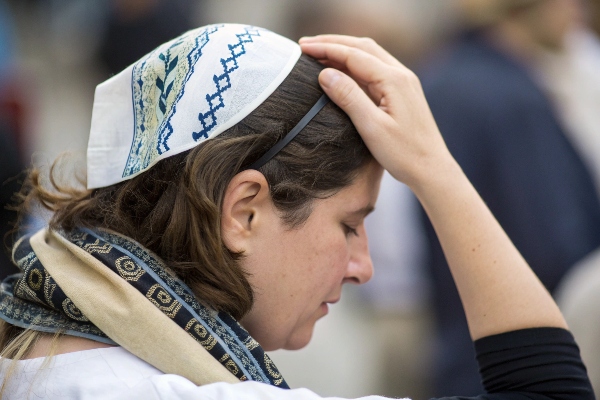
Covering the hair reflects dedication to religious values. This practice not only fulfills the requirement of modesty but also serves as a personal statement about their faith. The choice of hair length or additional coverings can vary greatly among individuals and communities, with some women opting for very short hairstyles for practicality, while others may develop a unique style that suits their preferences and beliefs. Ultimately, the layers of covering symbolize a deep commitment to their heritage, allowing these women to navigate the world with dignity while upholding their religious principles. In this way, each woman’s choice represents a blend of individual identity5 and communal tradition.
From Which Country Do Women Mostly Wear Wigs?
Wig-wearing spans across cultures. Where is it common?
While Jewish women wear wigs worldwide, Israel and the United States have significant Orthodox communities where wigs are prevalent due to religious customs.
These areas highlight concentrated cultural and religious practices. In Israel, where the Orthodox population6 is substantial, wigs serve as a symbol of cultural identity, allowing women to adhere to tradition while navigating modern societal norms. Similarly, in the United States, particularly within Jewish enclaves, sheitels have become an integral part of family and community life. The popularity of wigs in these countries illustrates the intersection of faith and contemporary lifestyles, as women embrace both modesty and personal expression. Additionally, in communities across Europe and beyond, the practice continues to flourish, showcasing the global reach of this time-honored tradition while adapting to local customs and innovations.
Why Do Orthodox Wives Wear Wigs?
Modesty drives this choice. Why choose wigs?
Orthodox wives wear wigs as a symbol of modesty, spirituality, and marital status. It allows them to comply with religious commandments while maintaining a public presence.
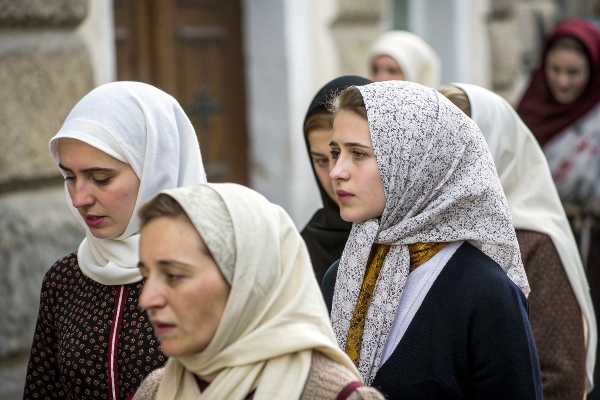
This tradition connects personal belief with community identity. Wearing a wig serves as a visual marker of a woman’s married status, reinforcing her commitment to modesty in accordance with Jewish law7. It reflects not just adherence to religious guidelines, but also fosters a sense of belonging within the Jewish community. The choice of wig style and type can vary significantly, reflecting personal aesthetics as well as cultural influences. By donning a wig, many Orthodox women8 embrace their faith while confidently engaging with the world around them, balancing tradition with modernity in their everyday lives. In this way, wigs symbolize a harmonious blend of individual expression and collective values, reinforcing the deep-rooted connections within their communities.
Is It True That Some Married Orthodox Jewish Women Shave Their Hair?
This practice exists. What’s the reasoning?
In some Hasidic communities, married women shave their hair to reinforce modesty. It’s believed to remove vanity and focus on spiritual life.
The decision is profound, emphasizing religious devotion9. By shaving their heads, these women symbolize their complete commitment to their faith and to the values of modesty and humility. This act allows them to redirect their attention from physical appearance to spiritual growth10, fostering a deeper connection with their beliefs. Furthermore, it aligns with the communal expectation of modesty, creating a shared identity among women in these communities. The practice highlights the importance of inner beauty and character over outward appearances, allowing these women to navigate their roles as wives and mothers with a focus on their spiritual responsibilities. Ultimately, this choice represents a powerful statement of faith, reflecting the intricate balance between personal identity and communal adherence within Orthodox Judaism.
Why Do Hasidic Brides Have Their Heads Shaved?
A deep tradition persists. Why shave?
Hasidic brides may shave their heads after marriage, symbolizing rebirth and devotion. This tradition is a gesture of modesty and commitment to faith.
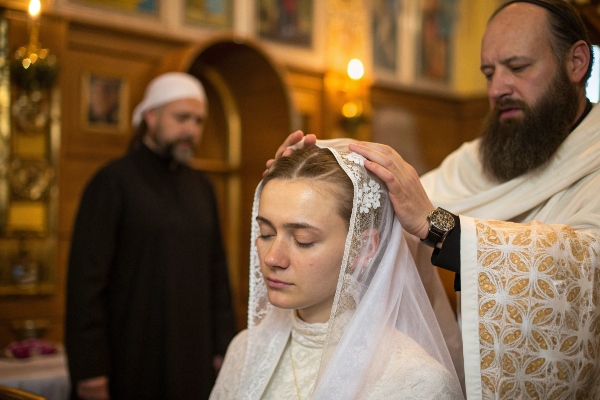
This act embodies a significant spiritual milestone. Shaving the head serves as a powerful expression of a woman’s dedication to her new role within the framework of her faith and community. It signifies a transformation, marking the transition from single life to married life, wherein the bride fully embraces the values of her religious heritage. Through this profound act, she not only reinforces her commitment to modesty but also emphasizes the importance of her spiritual journey. The shaved head becomes a symbol of humility, allowing the bride to focus on her inner beauty and spiritual responsibilities rather than physical appearance. This practice fosters a strong sense of identity within the community, allowing women to bond over shared experiences and traditions. Ultimately, the tradition of shaving embodies both a personal and communal commitment to faith, encapsulating the essence of Hasidic beliefs11 about marriage and spirituality.
What Is the Reason Behind Hasidic Jews Not Shaving Their Facial Hair?
Facial hair holds meaning. Why keep it?
Hasidic Jewish men refrain from shaving facial hair based on biblical interpretations and Kabbalistic teachings, symbolizing piety and wisdom.
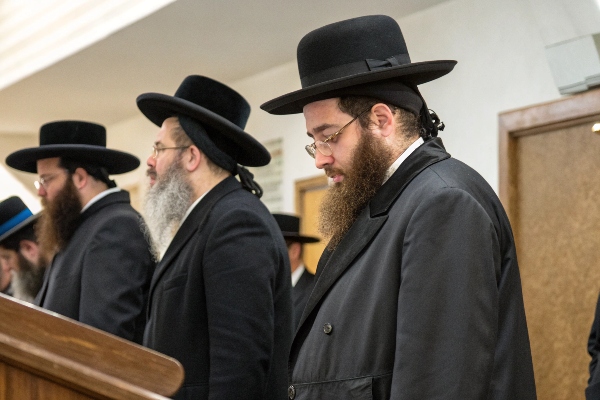
This practice enhances religious and cultural identity. The unshorn facial hair is often seen as a reflection of their commitment to Jewish law and tradition, serving as a visible sign of their devotion to God. Additionally, many believe that facial hair represents the masculine aspects of spirituality and the embodiment of divine commandments. Retaining this natural appearance fosters a sense of unity among men in the Hasidic community, reinforcing their shared values and beliefs. Furthermore, it serves as a daily reminder of their responsibilities to uphold the teachings of their faith, fostering a consistent connection to their heritage. Ultimately, the decision to maintain facial hair reinforces not only personal piety but also the collective identity of the community, as it highlights their dedication to a life rooted in tradition and spiritual growth.
What Are the Jewish Hair Rules?
Guidelines maintain tradition. What rules exist?
Jewish hair rules are rooted in Torah instructions, often focusing on modesty. Men may grow sidelocks (payot), and married women cover their hair, reflecting cultural and religious beliefs.
These rules sustain connection to faith and community. Adhering to these guidelines fosters a strong sense of identity among Jewish individuals, as they actively participate in practices that have been passed down through generations. For men, growing payot12 is not only a way to fulfill religious obligations but also a visible representation of their adherence to Jewish customs. Meanwhile, married women’s hair covering13 signifies their marital status and commitment to modesty, creating a delicate balance between personal expression and communal standards. Together, these hair rules emphasize the importance of modesty and religious devotion, reinforcing their connection to both their heritage and their community. By following these traditions, individuals deepen their relationships with their faith, while also promoting unity and continuity within the wider Jewish culture. Ultimately, these hair rules symbolize a collective commitment to spiritual values, enriching the cultural tapestry of the Jewish community.
Discover how personal expression intertwines with faith, offering insights into diverse cultural practices. ↩
Explore the rich history and cultural significance of sheitels, enhancing your understanding of this unique practice. ↩
Discover how modesty shapes fashion across cultures, providing insights into diverse expressions of identity and belief. ↩
Explore this link to understand the unique customs and practices of Orthodox communities, enriching your knowledge of their traditions. ↩
This resource will provide insights into the interplay between personal beliefs and communal traditions in faith. ↩
Explore this link to understand how the Orthodox population influences cultural identity and practices globally. ↩
Understanding Jewish law can deepen your appreciation for cultural practices and their significance in community identity. ↩
Exploring the role of Orthodox women reveals how tradition and modernity coexist, enriching the cultural landscape. ↩
Exploring this link will deepen your understanding of how religious devotion shapes identities and communities across various cultures. ↩
This resource will provide insights into methods and practices that foster spiritual growth, enhancing your personal journey. ↩
Discover the foundational aspects of Hasidic beliefs that shape their views on marriage and spirituality, enriching your understanding of this faith. ↩
Exploring this link will deepen your understanding of payot’s cultural and religious importance in Jewish identity. ↩
This resource will provide insights into the cultural and religious significance of hair covering for married Jewish women. ↩

